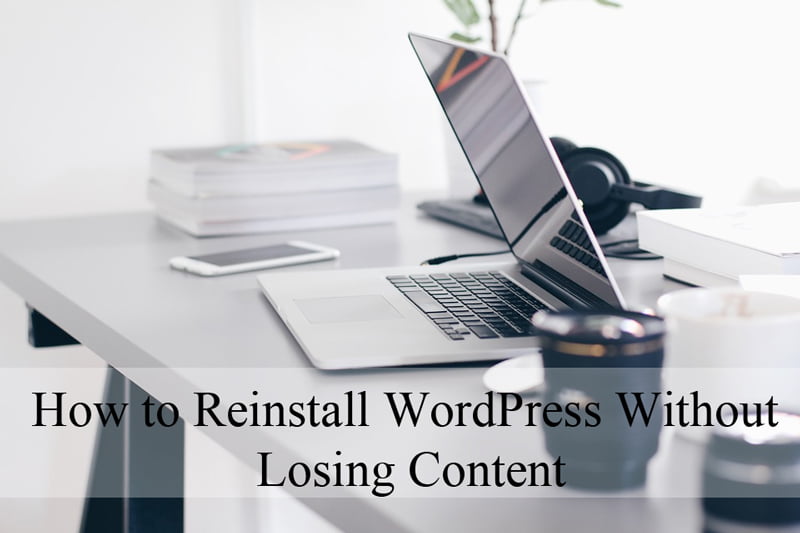Backup, Remove, Reinstall WordPress Without Losing Data:- Hello readers, today I am going to discuss on a very important topic which helps you a lot, actually the topic of article is re-installing WordPress without losing data (articles, comments, images).
Some of you have stuck of slow working of WordPress due to some bugs and other incompatibility issue and still searching for an proper method of re-installing the WordPress so, don’t worry you are at right place here I am going to demonstrate step by step procedure of re-installing WordPress.
Before performing this action read the article carefully. So first of all we will go through the requirement phase.
REQUIREMENT
- Cpanel login credentials/Other
- WinRAR
- Notepad Plus Plus
- And Brain :p
Reinstall WordPress Without Losing Data

STEP : 1
First of all you need to deactivate all the plugins from your WordPress dashboard. You can deactivate all the plugins as shown in below figure.
STEP : 2
Login to your Cpanel hosting account or a normal hosting account and backup your root directory in compressed form. There is backup facility available in Softaculous CMS manager for Cpanel user as shown.
STEP : 3
If you are taking backup from Softaculous CMS manager then you need not to take the backup of your existing database it is already available is Softaculous backup.
But if you are not a Cpanel user then don’t forget to backup your database because it is most important part from where you can restore your article comments and permanent links.
How to backup database?
- Open the phpMyAdmin panel from your hosting account or Cpanel as shown in figure.
- Then navigate toward the export menu for exporting the backup of database in a .sql file. phpMyAdmin also allows you to export the backup of database in zip file.
- After that save that database file as backup.sql to a desired place and drop the existing database.
STEP : 4
Now we have whole root directory backup as we have download it from Softaculous CMS manager and along with this backup of database file which helps us to restore the articles and comments.
STEP : 5
After that open the file manager of your hosting account where all the content including WordPress files are available and delete all files as.
STEP : 6
Get ready for reinstallation of WordPress, for that download the free WordPress CMS from their official website or you can download it by following this link.
STEP : 7
Upload that downloaded WordPress CMS in your hosting root directory and extract it there. Note one thing if you are using a single domain hosting then extract the WordPress directly inside root directory.
STEP : 8
Now extract the Softaculous backup by using WinRAR archive manager and move the wp-config.php file from it to your hosting root directory or where you have just extract the WordPress CMS.
STEP : 9
Now sometimes we don’t want to restore the old plugin files because it may contain some bugs so it depends on you whether you want to import them or not.
If you want to import them then move the “plugins” directory from Softaculous backup to wp-content directory (you can find “wp-content” in root directory where you have installed your WordPress Similarly move the” uploads” directory inside wp-content for restoration of images and uploaded content.
Restore the database from backup file.
STEP : 10
- Now navigate to the import option in phpMyAdmin and import the database backup file from your computer.
- Wait for a while it will take some time.
- If you are unable to import database then open backup.sql file and make the following changes in it as.
- This is the exiting database backup file, change some lines as shown
- Replace the name of database (information_schema) to your old database name which is available in wp-config.php file
STEP : 11
Now open your WordPress login page, like http://example.com/wp-login.php and logged in to your account using username and password.
STEP : 12
Activate all the plugins available in your WordPress dashboard and configure your layout as per your need